Industry
Polish Anti Aircraft System With a 35 mm Cannon Soon to Be Rolled Out. Programmable Ammunition and Export Options
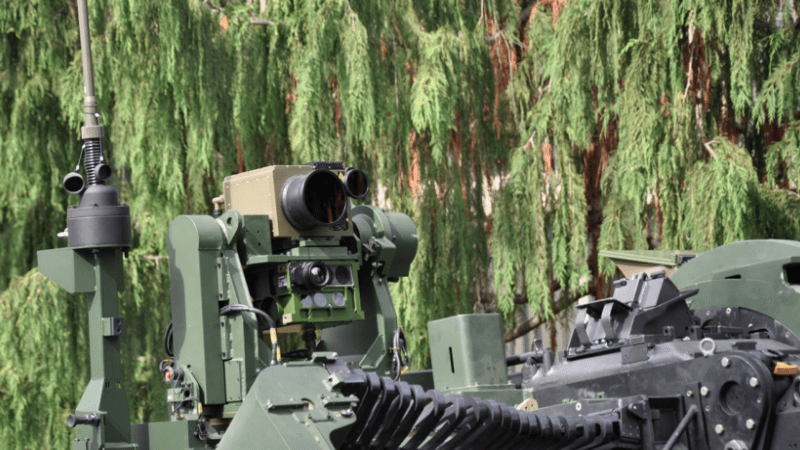
35 mm cannon-based anti-aircraft artillery system is a product offered by the Polish PIT-RADWAR company for the Polish Armed Forces. The works pertaining to the aforesaid equipment are coming towards a prompt finish, not only is the company driven to get some domestic orders, as high hopes are also being associated to export options related to the proposed solution. India seems to be the most serious candidate here.
The system has been based on the “Loara” AAA design, developed by the PIT-RADWAR company back in the 1990s. However, the programme ended up in construction of only a single package of the initial series, and was closed ultimately by the Polish Ministry of Defence back in the year 2009. Nonetheless, it became a basis for further work for the Warsaw-based company.
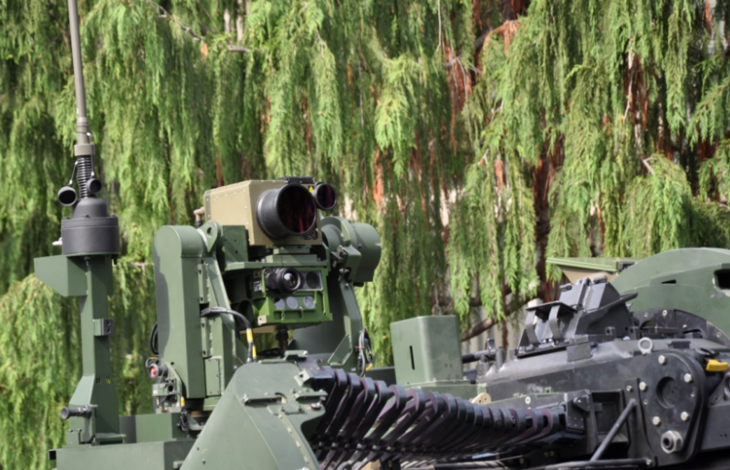
On the basis of the experiences gathered during the R&D works pertaining to the Loara programme, covered by an amount of ca. PLN 300 million, and thanks to the fact that a license has been used, acquired within the said programme, to manufacture and develop the 35 mm Oerlikon Contraves KDA cannon, PIT-RADWAR has come up with new solutions which are soon to face a chance of being received by the Polish Navy, Land Forces, or even by some potential export users.
The naval variant of the system, known under a working name of AM-35, the main element of which comes in a form of a naval cannon based on the 35 mm KDA automatic cannon, has successfully passed the sea trials back in September 2016. At the moment, the naval system goes through a qualification test programme, which is to end in the year 2018. The project is being co-financed by the State Treasury, represented by the National Centre for Research and Development, and it is being worked on by a consortium, in a composition as follows: Military University of Technology (Leader), PIT-RADWAR S.A (acting as the main integrator of the system), ZM Tarnów and Polish Naval Academy. Ultimately, the system is going to be installed onboard all of the Kormoran II class minehunters, after it passes the trials. In the future, it is also possible that the aforesaid weapons system would also be used in case of other vessels, including the ones that would be developed as a part of the Czapla and Miecznik programmes. At the moment, the cannon is being tested on the ORP “Kaszub” vessel.
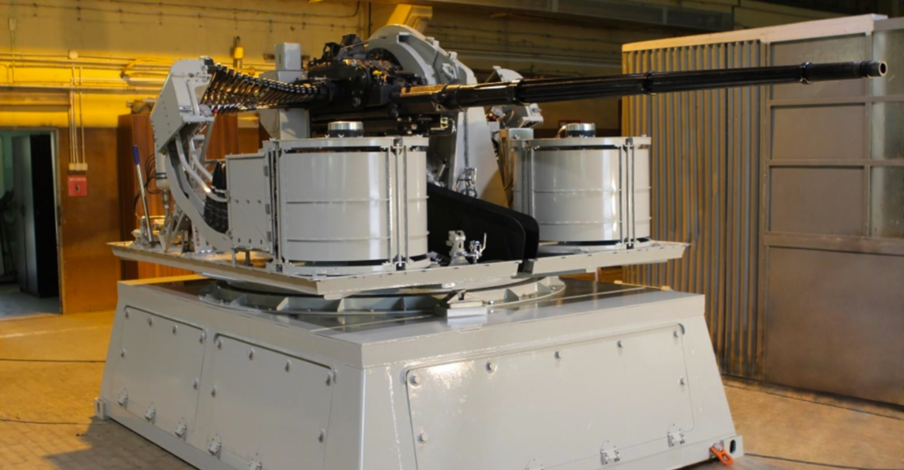
AM-35 system consists of four, main elements: automatic 35 mm naval cannon, integrated ZGS-158M optronic tracking sensor, fire control station (SKO) and reserve fire control station (RSKO).
One of the main challenges that needed to be faced by the designers of the naval variant of the AM 35 cannon, was to provide the platform with relevant degree of stabilization, allowing the vessel to fire the weapon when on the move, also in rough conditions. Here, the problem mainly concerns the rotating portion of the cannon and the optoelectronic sensor, azimuthally and in the dimension of elevation. The stabilizer developed by the PIT-RADWAR company, implemented and tested within sea trials in a variety of conditions, made it possible for the cannon prototype to pass on to the qualification test programme. The experience gathered by the PIT-RADWAR company during the course of this work is to be used beyond the naval area of applications.
The system which has been developed for the Land Forces, dedicated to be applied within the “Noteć” programme, currently going through the Technical Dialogue stage, will also make use of the newly developed technologies. Here, we are primarily referring to the designed mobile variant which could either be installed on a wheeled, or on a tracked platform. This system would protect the mechanized and armoured units on the move which is also compliant with the assumptions of the former Loara programme. Along with the self-propelled Poprad SAM systems, the 35 mm solution would provide air defence capabilities for the land forces units on the move, within the scope of short range level.
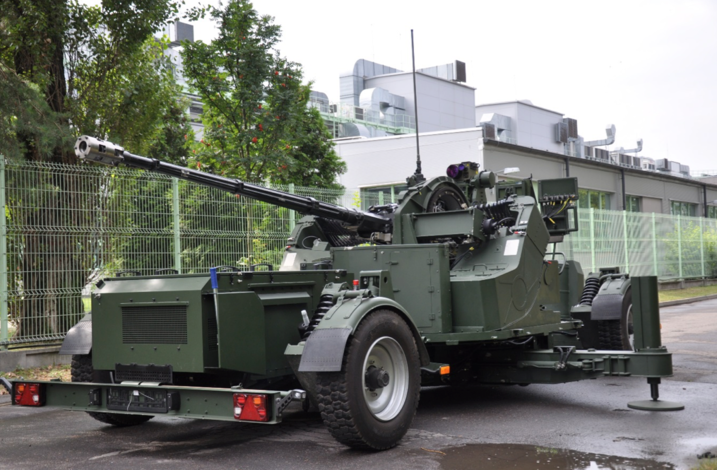
KDA 35 mm automatic cannon would be the basic building block of the system developed by the PIT-RADWAR S.A company, similarly as in case of the naval variant. The licence for manufacturing the system has been acquired by CNPEP RADWAR, now known as PIT-RADWAR S.A, in Switzerland, back in the year 1995. Then, documentation and hardware was received by the Huta Stalowa Wola facility, on the basis of a free-of-charge implementation agreement, where the weapon is being manufactured at the moment.
KDA automatic cannon may shoot at the rate of fire of up to 550 rounds per minute, hitting targets at distance of up to 5.5 kilometers, flying at altitudes of 3.5 kilometres. The system remains effective against threats moving at a speed of up to 600 meters per second. KDA cannon’s unique feature is that it may be fed from both sides, with an option of rapidly changing the feeds.
Currently, one of the crucial elements of the works in progress is to develop 35 mm programmable rounds. The project has reached the stage of in-house prototype test programme. The tests report is to be ready in the fourth quarter of the year 2017. The round that is being developed jointly by the MESKO S.A. company, in collaboration with PIT-RADWAR S.A, is to consist of more than 100 sub-projectiles. This would make it possible to create a large cloud of fragmentation in front of the target. Thanks to the adopted principle of operation, hitting the target becomes much more probable, especially in case of targets the surface area of which is very insignificant, such as UAVs and small drones. Whereas the operator of the system, thanks to the twin-ammo-feed design, is to remain able to change the type of the ammunition utilized in less than one second. Depending on the circumstances, he will be able to change the programmable rounds to sabot rounds and vice-versa.
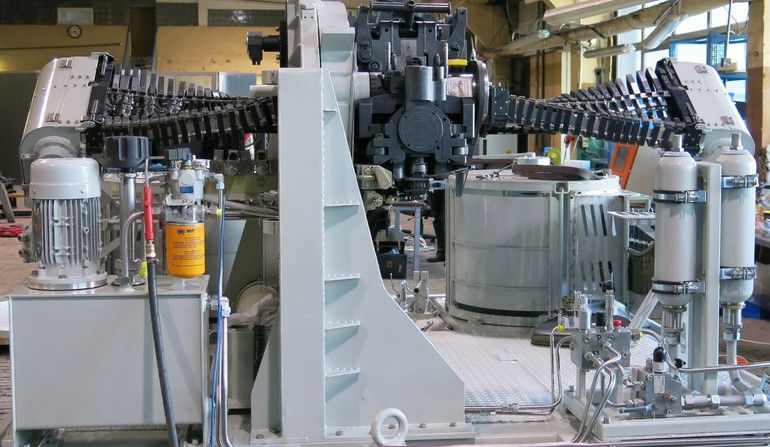
It shall also be stressed that classic sabot rounds also have several advantages, when compared to the airburst programmable projectiles. The kinetic armour piercing rounds are better at long distances and against targets travelling at high velocities, due to the advantageous ballistic properties - velocity and lower mass. Notably, both land, as well as the naval system, are not limited to acting against airborne targets, as they may also be used against light armour, in land or naval settings.
More importantly, the land variant has all of the three elements of the system (WG-35 fire control vehicle, A-35 and AG-35 cannons and programmable ammunition) already integrated. Thanks to the fact that PIT-RADWAR is also involved in works on the “Poprad” missile programme, and on radars, a major development potential remains at hand, allowing the said entity to create a modern and complex SHORAD system, coming both in land, as well as in naval derivatives.
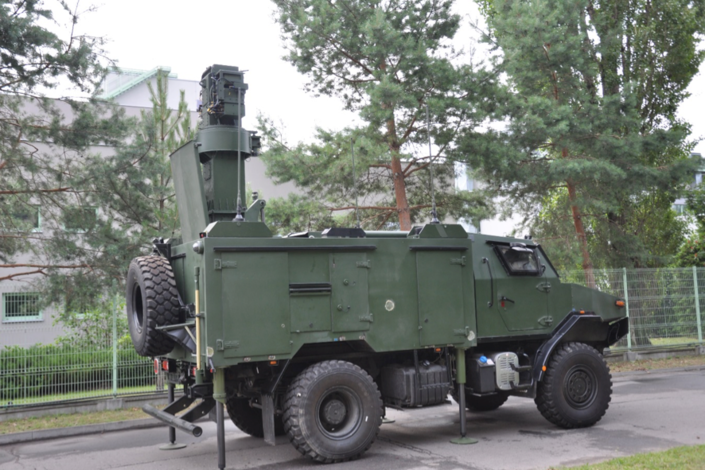
When it comes to the future of the air defence system utilizing the 35 mm cannon, PIT-RADWAR is offering its product within the “Noteć” programme. Along with the “Poprad” missile launchers, also manufactured by the Warsaw-based company, already procured by the Armed Forces, the 35 mm AAA system stands a chance of becoming an element of the lower level of the Polish Air Defence solution.
The product also offers a great export opportunities. India may become one of the potential customers, as the country is getting ready to procure 428 AAA systems to replace the obsolete 40 mm Bofors L/70 and 23 mm ZU-23-2 solutions. In case of this customer, it remains fairly important to transfer at least 50% of production to India, within the scope of the “ Make in India” programme. Other countries have also expressed their interest in the Polish AAA system proposal.